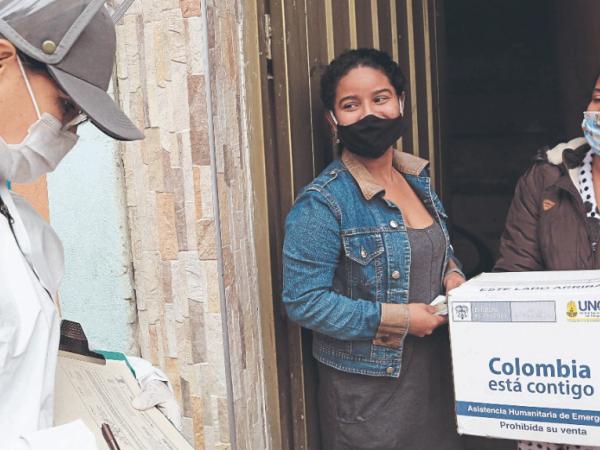(EFE) .- Cuba’s new floating power plant will come into operation shortly, a key step towards energy security after a year of blackouts.
The Cuban Minister of Energy and Mines, Liván Nicolás Arronte, explained on the social network Twitter the progress in this plant, docked in the bay of Havana and which will add some 130 megawatts (MW) to the National Electric System (SEN).
“The adjustment and start-up phase begins,” reported Arronte, who assured that the power of this plant will allow “scheduled maintenance to be carried out in other units and to continue recovering generation capacities.”
The Ministry of Energy and Mines is counting on the new infrastructure, which arrived in Cuba on November 18, to be operational this month.
The new plant, a large barge with seven fuel engines, was connected to the SEN on Sunday through the Melones substation.
The new plant, a large barge with seven fuel engines, was connected to the SEN on Sunday through the Melones substation
This mobile installation, manufactured by the company Karpowership – a subsidiary of the Turkish energy group Karadeniz – will be the fourth floating power plant operating in Cuba.
Another three from the same manufacturer, located in the bay of Mariel and smaller in size, have come into operation in recent years based on an agreement signed in 2019.
Of these three plants, two have four engines and the other two. In total, they contribute 200 MW to the SEN, according to official data.
Electricity cuts, which usually last several hours a day, have been frequent in Cuba since the 1990s, but they have intensified especially since this June, as the serious economic crisis that the country is going through increased due to the combination of the coronavirus, the US sanctions and economic mismanagement.
The last massive blackout took place in September, when Holguín, Granma, Santiago de Cuba and Guantánamo (about 30% of the total population of the country) were left in the dark, and the rest of the regions were affected, according to the Cuban Electricity Union. (UNE).
The government tends to attribute power supply interruptions to breakdowns and fuel limitations, although this year it has acknowledged that economic constraints have ruined maintenance plans and power plants are at a minimum.
Cuba depends to a large extent on foreign oil to produce energy, and although it aspires to rebalance its energy matrix so that by 2030 37% of energy (just over 3,500 megawatts) comes from renewable sources, the changes are very slow, among others. reasons for the large investment that is needed.
The Cuban Executive accuses the United States of trying to block the supply of fuel to the island from third countries, especially Venezuela, through sanctions. From there, sometimes by triangulating the shipment from Iran, shipments usually arrive to the Island, but the decrease in quantities is noticeable in recent years, after a long time of strength when Caracas thus settled its accounts with the Island, which sent it doctors.
________________________
Collaborate with our work:
The team of 14ymedio He is committed to doing serious journalism that reflects the reality of deep Cuba. Thank you for joining us on this long road. We invite you to continue supporting us, but this time becoming a member of our journal. Together we can continue transforming journalism in Cuba.






